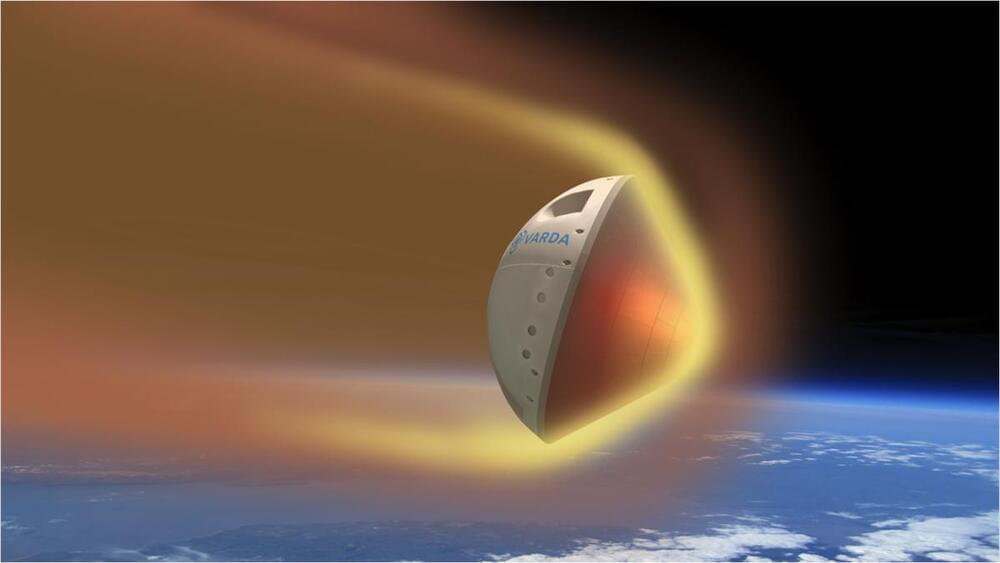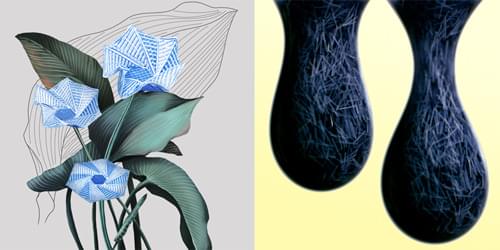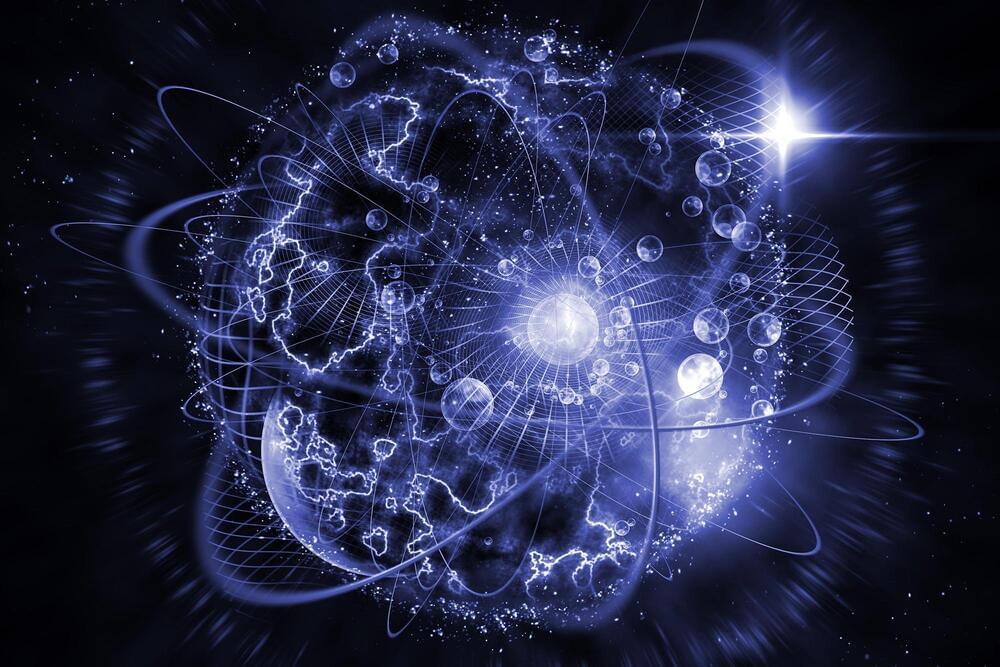Mar 10, 2024
Thanks to AI, the coder is no longer king: All hail the QA engineer
Posted by Shailesh Prasad in categories: robotics/AI, security
How will that situation change development teams? A common ratio of developers to testers is three to one. At a big bank with 40,000 software engineers, 10,000 might do security, reliability, and quality control. But the AI effect is like squeezing a balloon so it expands on the other side. The coding productivity jump is offset by a dramatic increase in cycles spent on testing.
How Development Teams Can Get Ahead
For software teams, the pressure is on to adapt. Companies that want to stay ahead of the game should first get a handle on a long-time adversary: toil.

















